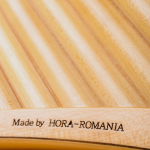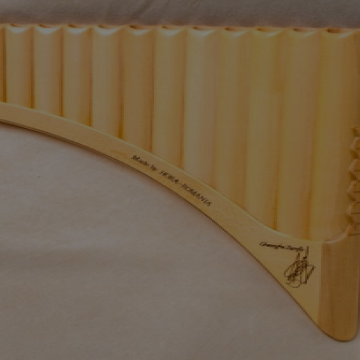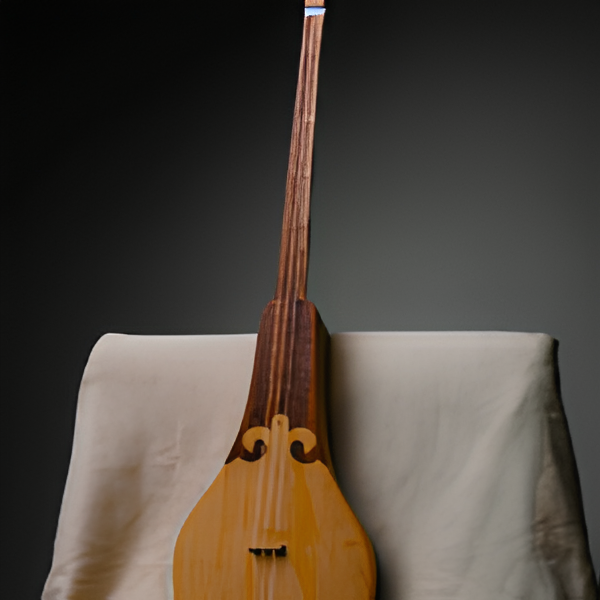A Gift from Admirers from Romania
DAIDIDAU.KZ
DAIDIDAU.KZ
DAIDIDAU.KZ
DAIDIDAU.KZ
DAIDIDAU.KZ
DAIDIDAU.KZ
DAIDIDAU.KZ
DAIDIDAU.KZ
DAIDIDAU.KZ
DAIDIDAU.KZ
DAIDIDAU.KZ
DAIDIDAU.KZ
DAIDIDAU.KZ
DAIDIDAU.KZ
DAIDIDAU.KZ
DAIDIDAU.KZ
DAIDIDAU.KZ
DAIDIDAU.KZ
DAIDIDAU.KZ
DAIDIDAU.KZ
DAIDIDAU.KZ
DAIDIDAU.KZ
DAIDIDAU.KZ
DAIDIDAU.KZ
DAIDIDAU.KZ
- ThePlus Audio




Nai (Pan Flute)
The nai is one of the oldest wind musical instruments, consisting of hollow pipes made from reed or wood, connected together. By blowing air into these pipes of varying lengths and changing the angle of airflow, musicians produce a variety of melodic sounds. The pan flute got its name from ancient Greek mythology.
According to legend, Pan, the god of forests and fields, protector of shepherds and herders, once saw the beautiful nymph Syrinx on a choir field and fell in love with her. Pan, who had horns, goat legs, and a beard, chased after the frightened girl, who ran away in terror. Reaching a river, she prayed to the river god for help. To save her, he turned Syrinx into a reed. Pan, heartbroken and filled with sorrow, cut some reed stalks and fashioned a musical instrument so that its melody would remind him of Syrinx.
In ancient times, the nai was the primary instrument of professional musicians, who played it in performances, at weddings, and other celebrations. In Romania, the name of the flute is inseparably linked with the virtuoso of the pan flute, musician and interpreter Gheorghe Zamfir. In Mozart's opera The Magic Flute, this instrument is used, and more modernly, it is featured in the globally recognized composition The Lonely Shepherd by J. Last.







